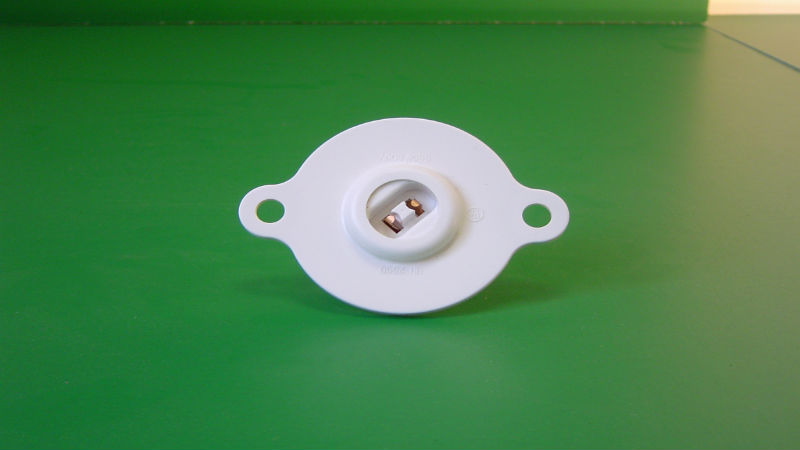There are different options in LED bulb socket types that are designed to work with both various options in bulb base configurations as well as in different fixtures. While there are some options that can be interchanged, it is critical to avoid the wrong selection of a bulb socket that is shunted or non-shunted.
Shunted and Non-Shunted Sockets
Choosing incorrectly between a shunted and non-shunted LED bulb socket can result in a risk of electrical shorts or even potentially result in extreme heat in the socket that can cause it to melt. In some situations, this can result in fires in the fixture, and this is a very serious concern in any residential or commercial application.
A shunted socket has both sides of the electrical contacts in the socket connected. This means that the electrical current comes into the socket and is joined into one single path to the bulb. A non-shunted socket is the opposite, with no connection or joining of the electrical contacts, so there are two paths for the electrical current.
Pin Options
There are both shunted and non-shunted LED bulb socket options to work with specific pin configurations. The pin configuration is unique to the type of bulb, and it can include two pins, which is called a bi-pin, or it may be a single pin. There are also 4 pin options for some unique LED bulb shapes, and many of the bulbs used in residential types of fixtures offer a twist and lock option, with a wider “foot” type of design at the bottom of the pin to secure the bulb into the socket.
The ins themselves can be of different diameters and lengths, and they are designed to fit into a specific socket type. Knowing the specific pin configuration, including the distance between the pins, is critical in selecting a replacement socket.






